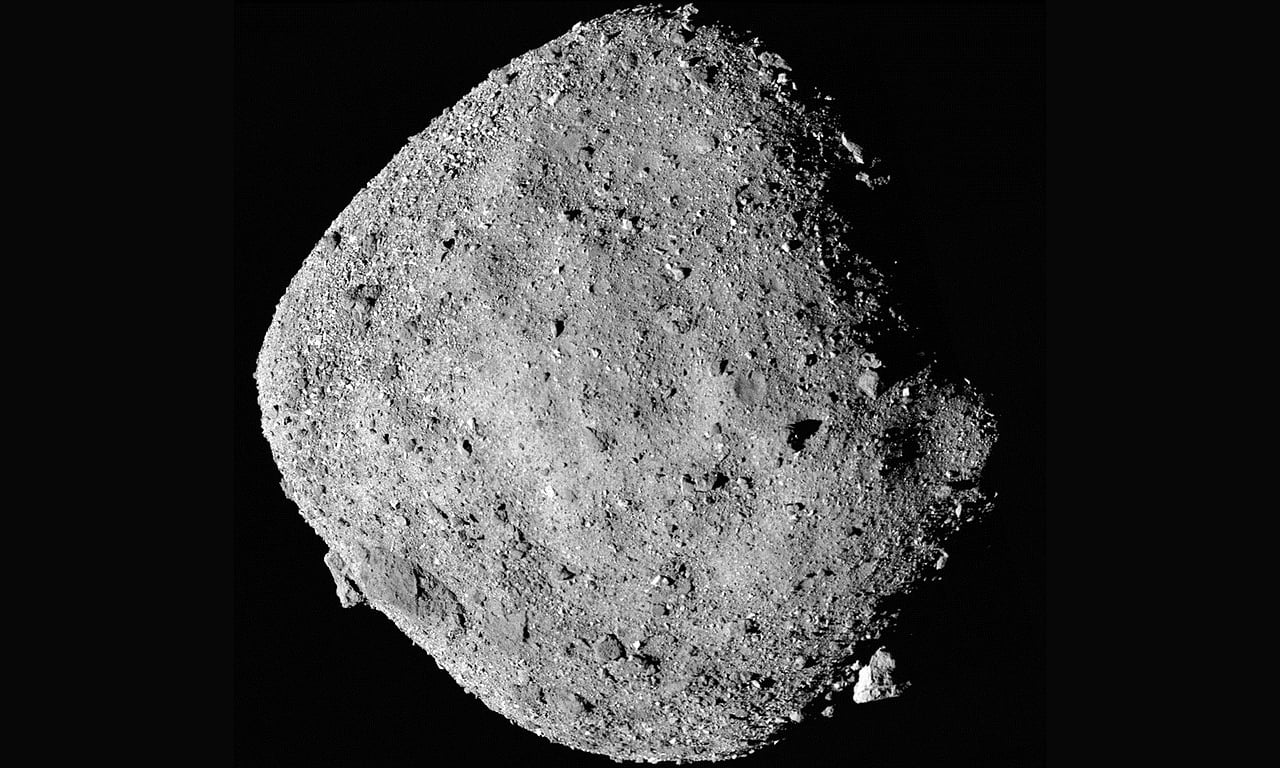NASA and other space agencies always assure the general public that we don’t have to worry about asteroid impacts in the future, but what if a cataclysmic scenario did occur? In an experimental simulation on Apr. 29, 2017, a terrifying killer asteroid called 2019 PD plunged into Earth’s atmosphere and struck New York’s Central Park at a speed of 43,000 mph with 20 megatons of energy released. That’s 1,000 times the energy of the nuclear bomb that was dropped on Hiroshima.
While this scenario is merely fiction now, what if it could become reality? Scientists from NASA, the Federal Emergency Management Agency (FEMA) and the European Space Agency (ESA) collaborated in the experimental simulation to see how good Earth woujld be at defending against potentially hazardous asteroids.
In the scenario in which the killer asteroid collided with Earth, emergency personnel didn’t do so great. The experiment ran over five days, while the timeframe was meant to represent eight years. The asteroid was discovered in 2019, which gave humanity nearly a decade to develop a defense.
In the simulation, NASA headed out to the asteroid in a reconnaissance mission to learn about it in 2021, similar to how OSIRIS-REx gathered data about the big asteroid Bennu, which could become a threat in the next century. In 2024, the space agency sent three spacecraft to crash into the killer asteroid and change its trajectory.
While the main body was deflected from its trajectory, a fragment broke off and continued moving toward Earth. According to Agence France-Presse (AFP), Washington wanted to use a nuclear bomb to deflect the space rock, but political conflicts prevented it. However, people were evacuated and the asteroid struck New York City on Apr. 29, 2027.
This horrifying scenario is highly unlikely and isn’t meant to cause panic, NASA engineer and simulation designer Paul Chodas told AFP. The point of the experimental simulation was to answer these questions: How can 10 million people be evacuated in a disastrous scenario? How would people recover and rebuild the urban areas that were affected?
“Two months may not be enough time to really evacuate, because you’re evacuating people who are stuck, who have to rebuild their lives where they’re going. You’re going to have fleets of U-hauls,” Brandy Johnson, who played the role of an “angry citizen” in the exercise, told AFP.
“If you knew your home was going to be destroyed six months from now, and that you weren’t going back again, would you keep paying your mortgage?” NASA Deputy Planetary Defense Officer Victoria Andrews said.
According to AFP, the next simulation of the killer asteroid will likely take place in 2021 in Vienna. Chodas opened the possibility for Europe to showcase its skill in defending and recovering from an asteroid impact.





